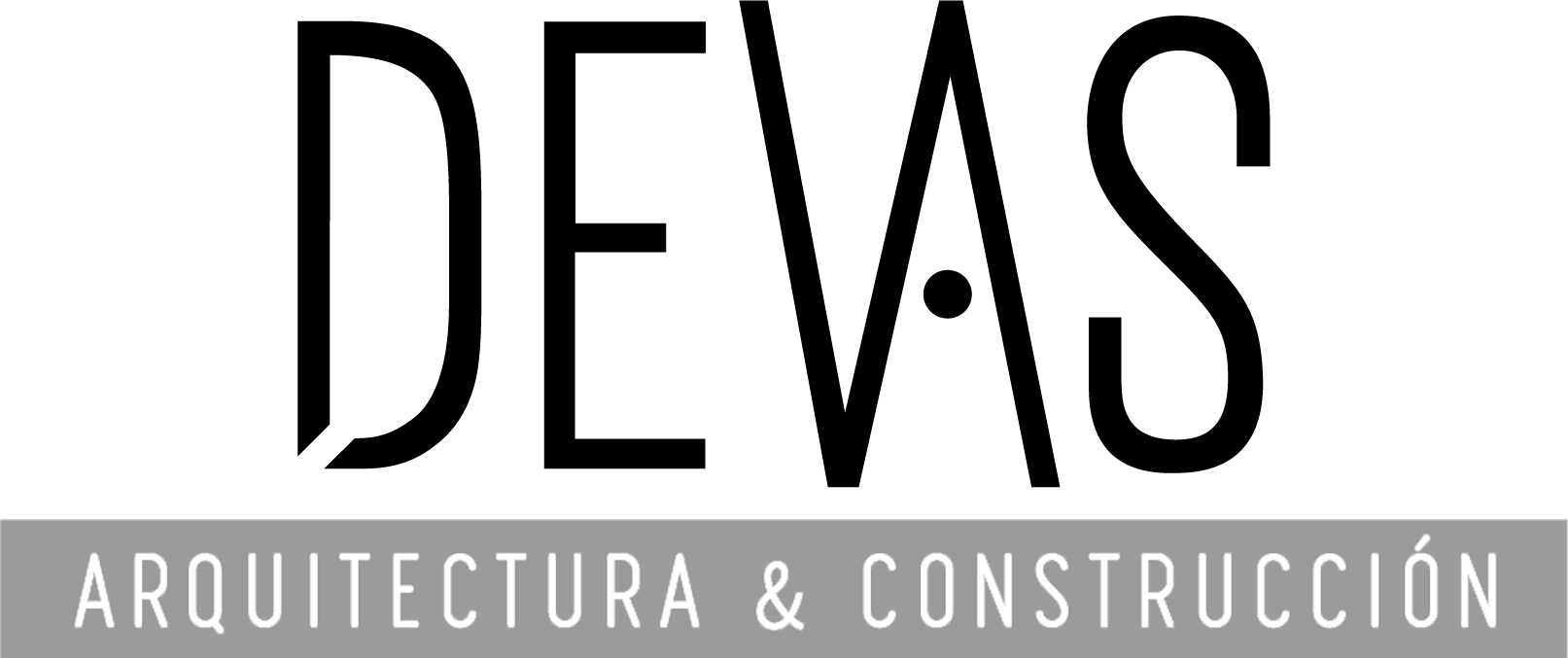If you happen to check in to the Grand Hyatt San Francisco on a windy day, you’ll receive a friendly note at the front desk advising you that the 35-story skyscraper may creak a bit as it moves gently back and forth in the wind. Though the hotel assures guests that this quirk is not an indication of any structural problem, the issue has nevertheless prompted complaints from visitors.
From the disconcerting to the dangerous, wind has always been an important consideration when constructing skyscrapers.
It was great to to meet some new faces
The tuned mass damper, also used in Boston’s John Hancock Building and New York City’s Citigroup Center, is a commonly employed mechanism for reducing the wind’s action on a skyscraper. The size and shape of the damper is “tuned” based on the height and mass of each particular tower. As the wind pushes the building in one direction, the damper swings or slides the other way, reducing sway similar to the way shock absorbers on a car soften bumps in the road.
“You’re adding a component to the building that’s going to take the motion rather than the building itself ”
JASON GARBOR
The most unique project ever built
From the disconcerting to the dangerous, wind has always been an important consideration when constructing skyscrapers. Since the 10-story steel-frame Home Insurance Building, the world’s first skyscraper, opened in Chicago in 1885, architects have had to think about wind stress, or “wind loading,” as they’ve built higher and higher.3 Today, wind engineering is an integral aspect in the design of any new tall building, especially the very tallest of them all: the Burj Khalifa.
Add horizontal lines.
The Burj Khalifa is specially designed to conquer the wind, a goal that becomes more and more important as altitude increases. The building rises to the heavens in several separate stalks, which top out unevenly around the central spire. This somewhat odd-looking design deflects the wind around the structure and prevents it from forming organized whirlpools of air current, or vortices, that would rock the tower from side to side and could even damage the building. Even with this strategic design, the 206-story Burj Khalifa will still sway slowly back and forth by about 2 meters at the very top.



